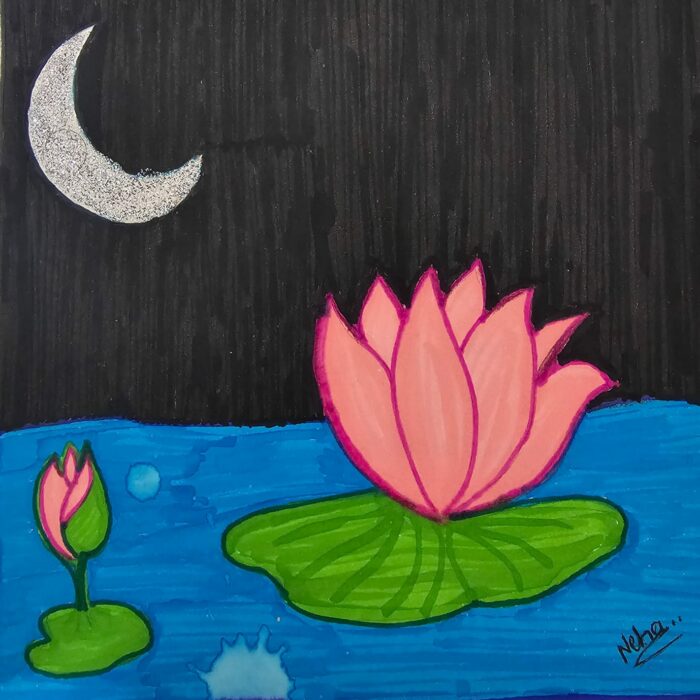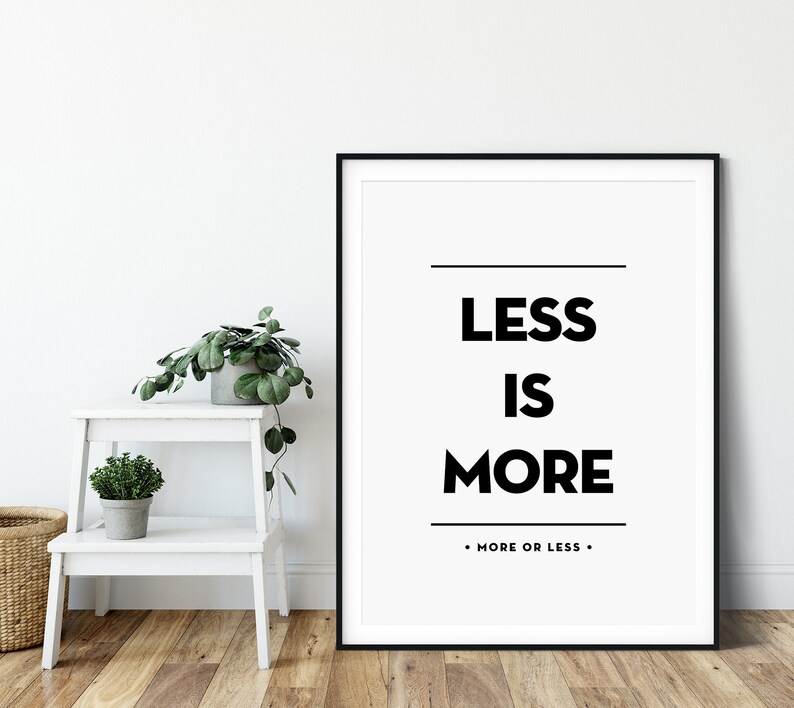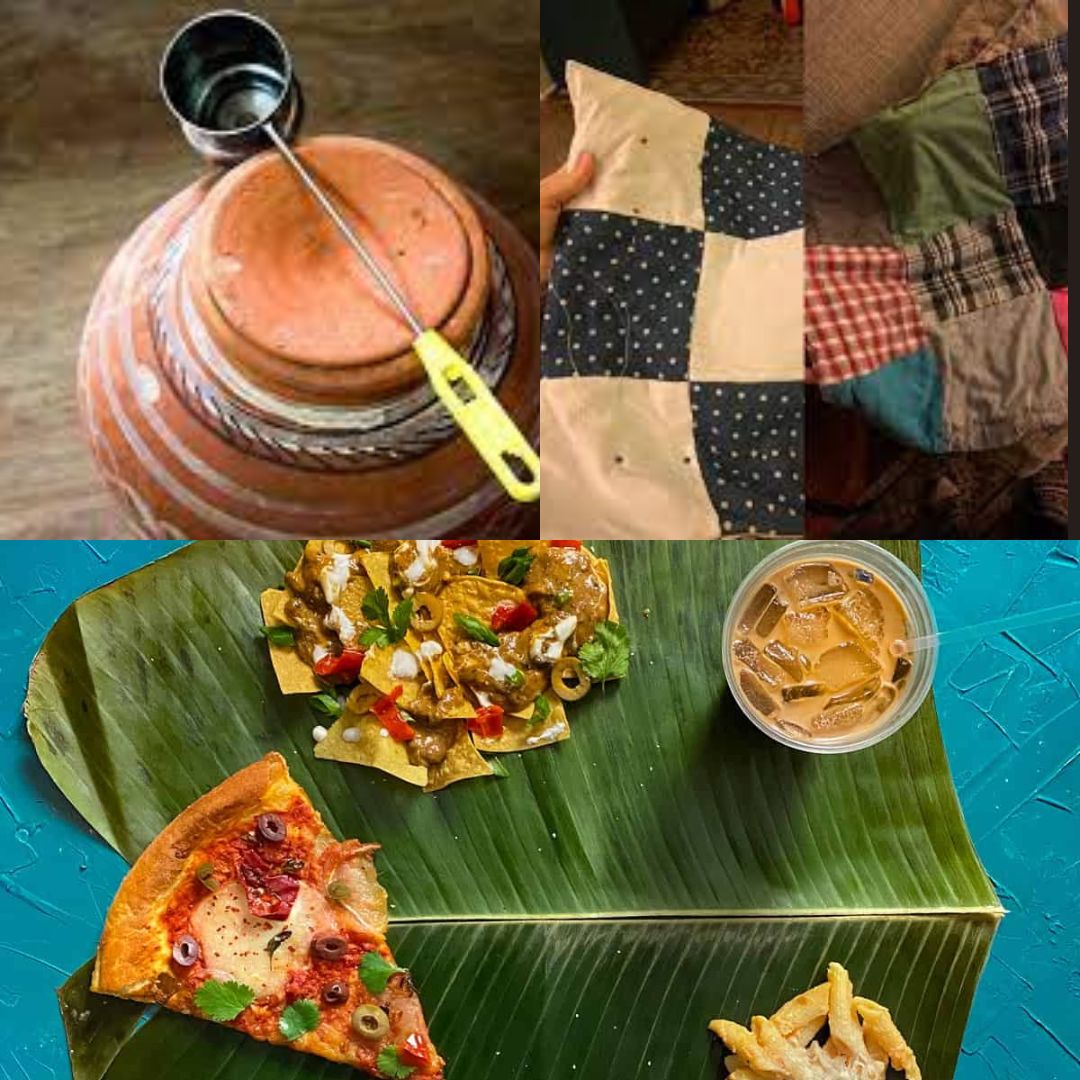Consistency is the buzzword at the Paris Olympics 2024. Every athlete from anywhere in the world owes their success to the persistent hours when, they practised alone, with no one to watch, acknowledge, or support.
Just like the athletes, each one of us has a dream to be an improved person—we seek improvement in terms of health, knowledge, emotional intelligence, skill set, and other attributes.
Reading, meditating, learning, and similar self-development activities feature in almost every person’s to-do list, but you seldom put a tick beside them.
You realize that these activities are non-urgent but important.
And due to procrastination, lethargy, distractions, and busyness, you fail to devote time to them.
After a few months, you stop trying to pursue, and after a few years, you give up completely, and they don’t show in your to-do anymore.
But imagine the situation where you would have worked on those tasks!
You would have been a different person today!
By working consistently on self-growth, you become a different person. You acquire a personality where you are more confident and accomplished.
How do you move from giving up to taking up self-growth tasks?
Here is a 7-step method –
1. Set small goals daily
2. Fight hard against your moods, and make sure to start
3. Once you have started, ensure you spend minimal focused time on the task
4. Before you end, compare how you fared as against yesterday
5. If you were on par, be happy that you maintained the level
6. If you were better, feel proud of the progress
7. If you were poor, try giving some more time, such that you match the previous level
The last point looks senselessly pushy but makes all the difference.
You have to tell your mind that you are not engaging in its stupid games, and you will continue to pursue come what may.
You have to show your mind that you are stronger than it.
Soon, you train your mind, and it stops tampering and interfering, and that’s when you share your stories of consistency with others, just like the Olympic athletes.






